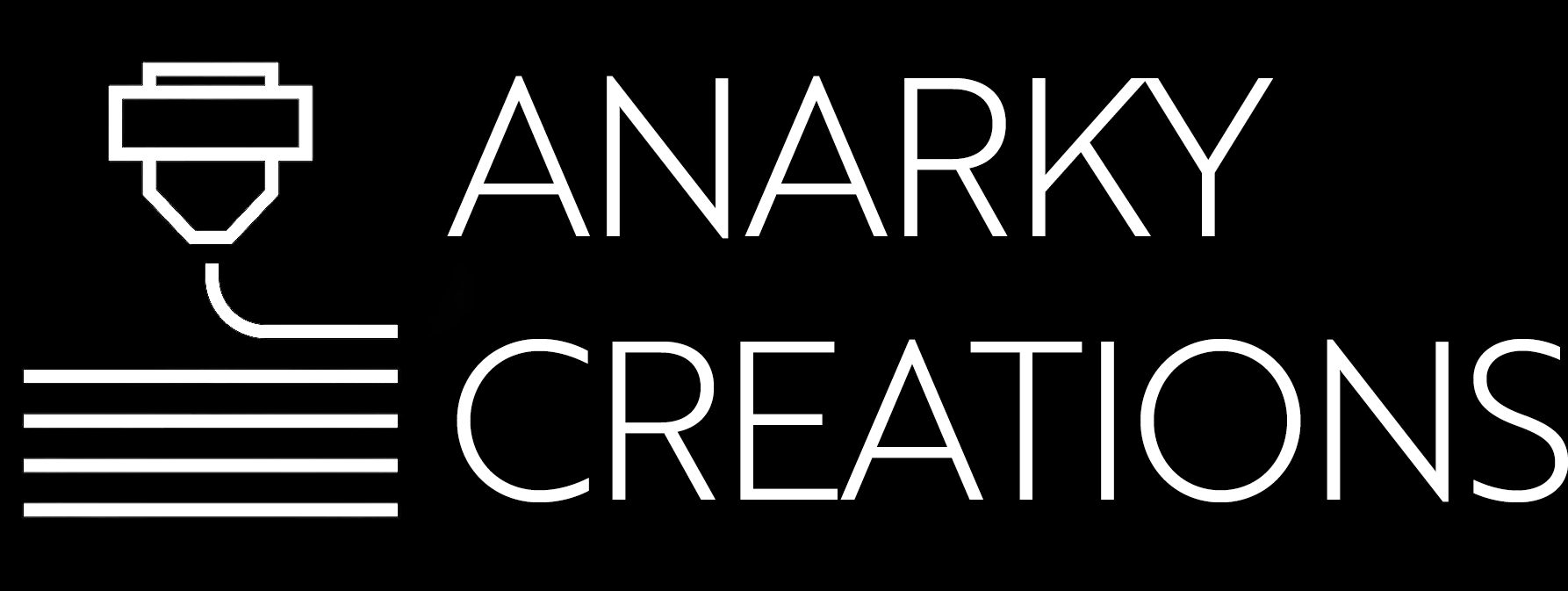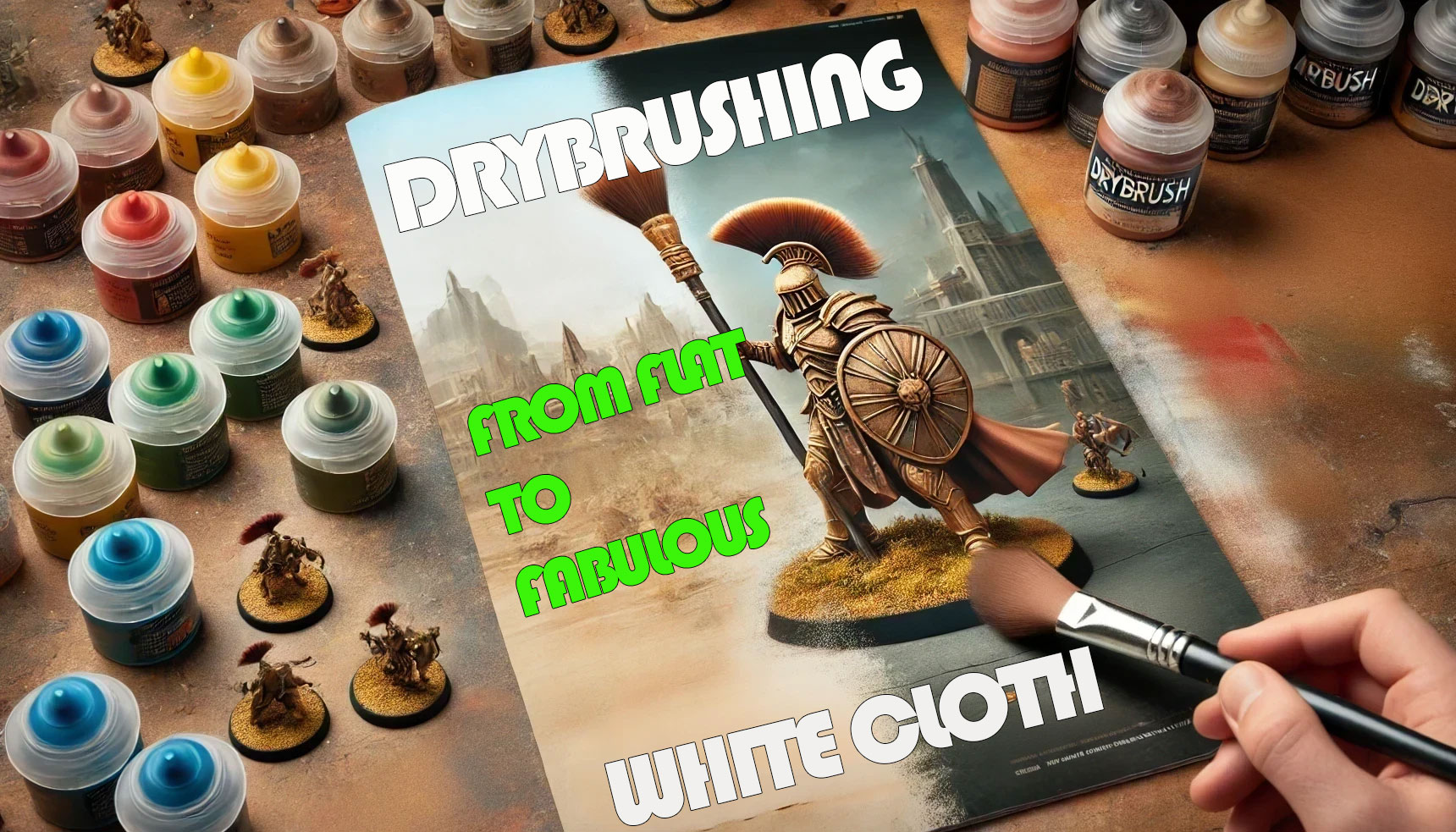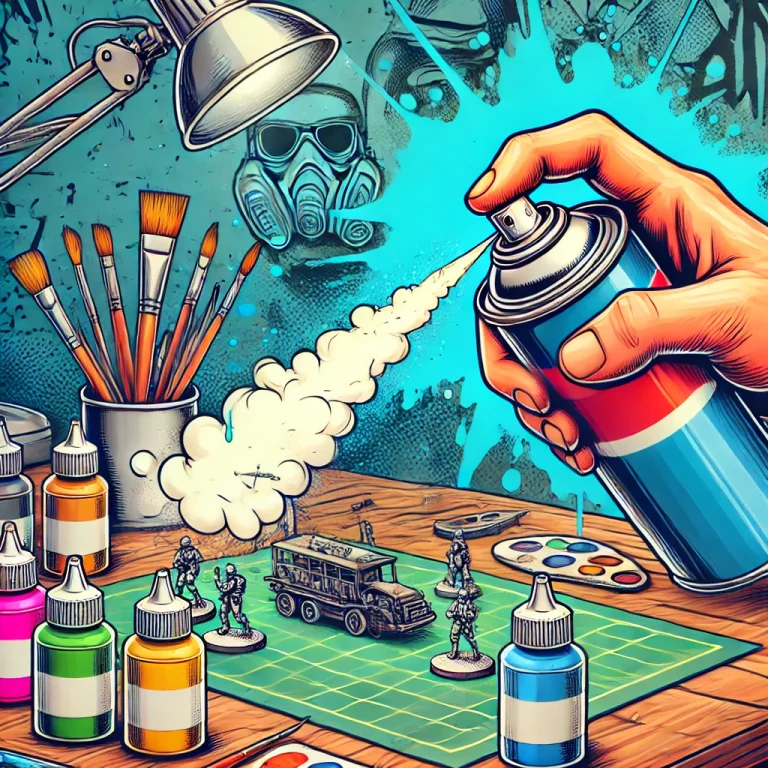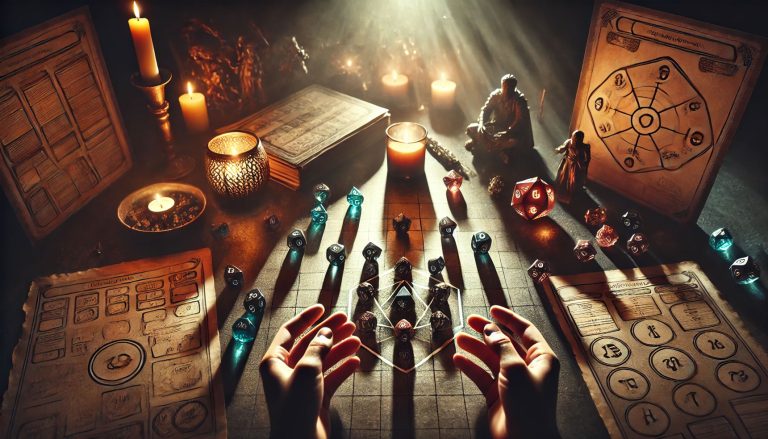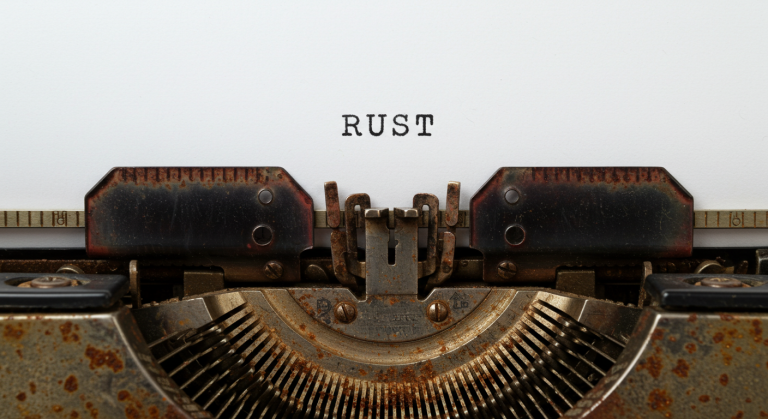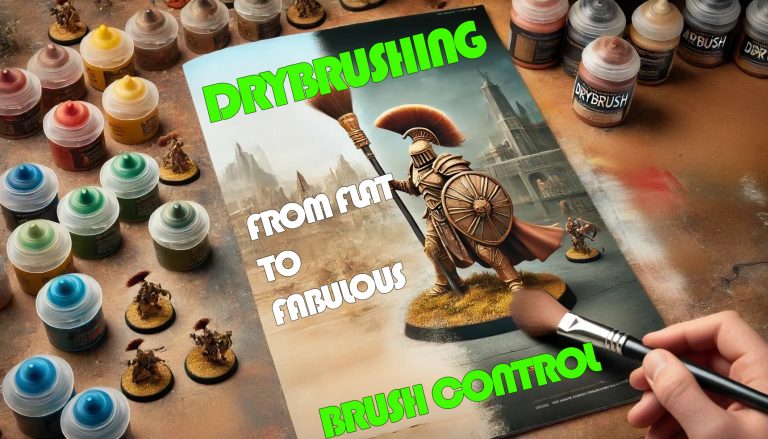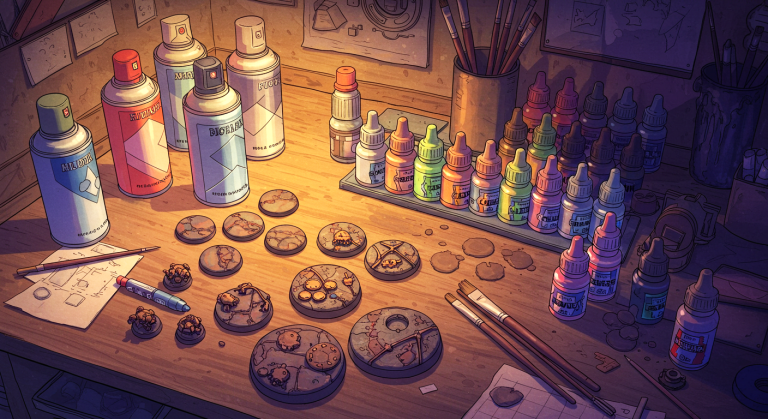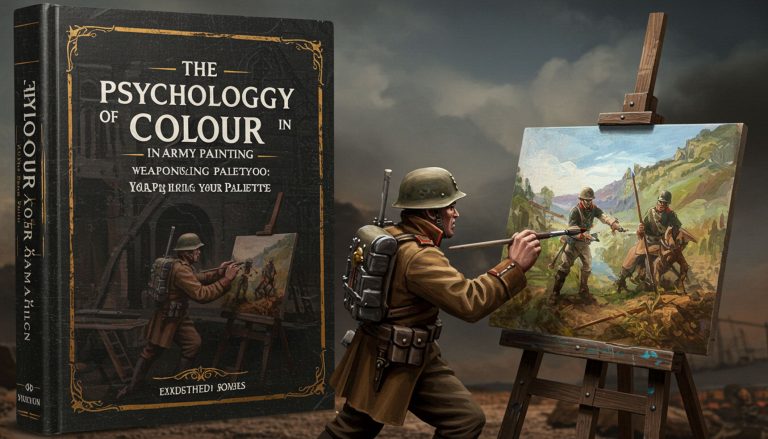Drybrushing White Cloth and Robes
Painting white cloth and robes can be one of the trickiest challenges in miniature painting. With hundreds of tutorials available, we’ve selected two of the best to get you started. These tutorials highlight key techniques and approaches that will help you achieve the clean, realistic white you’re aiming for.
We’ll begin with colour theory, where Vince Venturella moves beyond the traditional black-grey-white shading method to adopt a more scientific approach. He explores how white is perceived and how surrounding colours influence it. Then we’ll look at some fast and effective dry brushing techniques with Artis Opus. With techniques tailored for speed, perfect for batch painting armies.
Why these two tutorials? Because when combined, they create a powerful method for painting white fabric. By introducing Vince Venturella’s colour theory into Artis Opus’s dry brushing workflow, you get the best of both worlds – realism and efficiency.
Exploring White with Vince Venturella
Pure white is rare in nature and usually influenced by surrounding colours. White is achromatic meaning that it has no hue of its own. It is perceived by colours around it. Scientifically white is complex, when spectral colour is absorbed rather than reflected, white will assume a tint, taking its lead from surrounding colours. For textured surfaces, this effect is even more pronounced, subtly shifting any perceived colour toward warm or cool tones.
Quick Paintbox Exercise
A great way to understand how white behaves is by analysing your own paint collection:
- Take out all your whites and bone shades.
- Divide them into warm (yellow/red undertones) and cool (blue/green undertones).
- Repeat this process for your pale pastels.
- Watch Vince Venturella’s video – Link Here.
Surprisingly, these all have the potential to read to the human eye as white. With the highest value (lightest tones) occupying the brightest spots. In miniature painting, pale pastels often function as white due their contrasting properties. You don’t always need pure white paint to achieve the effect of white. As the ultimate highest value, pure white is best used sparingly. Reserved for the brightest reflections, like specular highlights on metal or the final glint on an eyeball. Vince Venturella outlines two key scientific approaches for painting white cloth and robes.
Recipe #1 – Cool Over Warm
- Basecoat: Warm deep shadow (e.g., a red based bone colour).
- Highlight: Cool complementary highlight (e.g., pale green grey).
- Why it works: Green and red are complementary, enhancing contrast and depth. They are opposites on the colour wheel.
Recipe #2 – Warm Over Cool
- Basecoat: Cool deep shadow (e.g., blue grey).
- Highlight: Warm complementary highlight (e.g., pale yellow white).
- Why it works: Blue and yellow are complementary, creating a natural colour balance. They are opposites on the colour wheel.
Exploring Efficiency with Artis Opus
Artis Opus demonstrates three key dry brushing techniques for replicating three different iterations of white fabric and robes, speedily. Swap the colours with similar ones in your own paintbox or use these ones.
Recipe #1 – White Cloth (Three Step Basics)
- Prime: Grey Seer (Citadel).
- Pre-highlight: Light dry brush of Corax White (Citadel).
- Final highlight: Dry brush of Bold Titanium White (Monument) on raised areas.
Recipe #2 – Crisp White Cloth (Five Step Advanced)
- Prime: Corax White sprayed from above.
- Pre-highlight: Bold Titanium White – light dry brush over raised areas.
- Highlight: Edge highlight with a heavier loaded dry brush of Bold Titanium White.
- Contrast wash: Apothecary White (Citadel) all over to create shadows.
- Reverse edge highlight: Lightly wipe off excess contrast wash from raised edges.
Recipe #3 – Aged White Cloth (Four Step Traditional)
- Prime: Chaos Black (Citadel).
- Basecoat: Fenrisian Grey (Citadel) wet stippled for texture.
- Pre-highlight: Screaming Skull (Citadel) dry brush raised areas.
- Final highlight: Blend of Bold Titanium White + Screaming Skull for dry brushed edge highlights.
Top Tips for White Cloth & Robes
✔ Edge Highlighting with Pastels: A pale blue edge highlight over blue mid-tones can be more visually compelling than pure bright white.
✔ Use a Neutral or Warm Base: Instead of painting white directly over black, use a light grey or bone colour as an undercoat. This improves coverage and avoids harsh contrast.
✔ Prevent Chalky White Paint: Pure white pigments can be thick and chalky. Mix white paint with 50/50 gloss varnish to scatter light more naturally and smooth out the finish without excessive shine.
✔ Prime from Above: Spray primer from above to naturally create highlights on upward facing areas. And shadows in downward facing ones.
✔ Smart Wash Technique: When applying washes, drag the brush so that its lift off points end in recesses, where shadows should be darkest.
✔ Use Contrasting Colours: Whites look whiter when paired with strong contrasting colours e.g., bright blues or deep purples.
Bringing It All Together
By combining colour theory with efficient dry brushing techniques, you can elevate the realism and visual impact of your miniatures. Whether you’re painting individual heroes or entire armies, understanding how white works – both scientifically and practically – will make a massive difference in your results. Take the time to experiment. Line up your paints, test different undercoats, and build colour schemes that work for your unique style.
Happy painting!
Links:
🎨 Vince Venturella’s White Cloth & Robes Colour Theory – Watch Here
🖌 Artis Opus’s White Cloth & Robes Techniques – Watch Here
